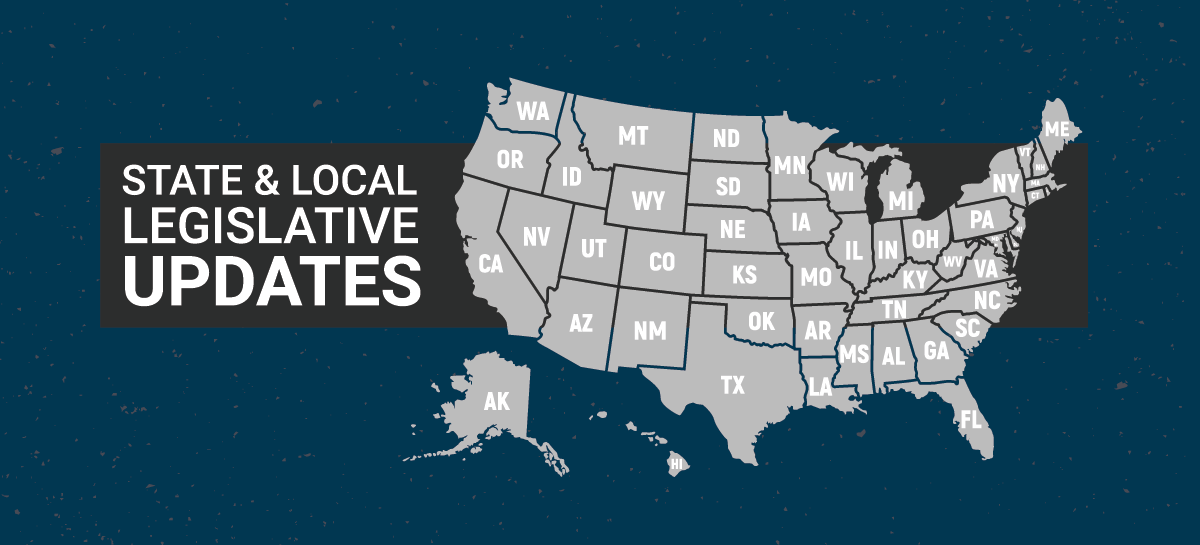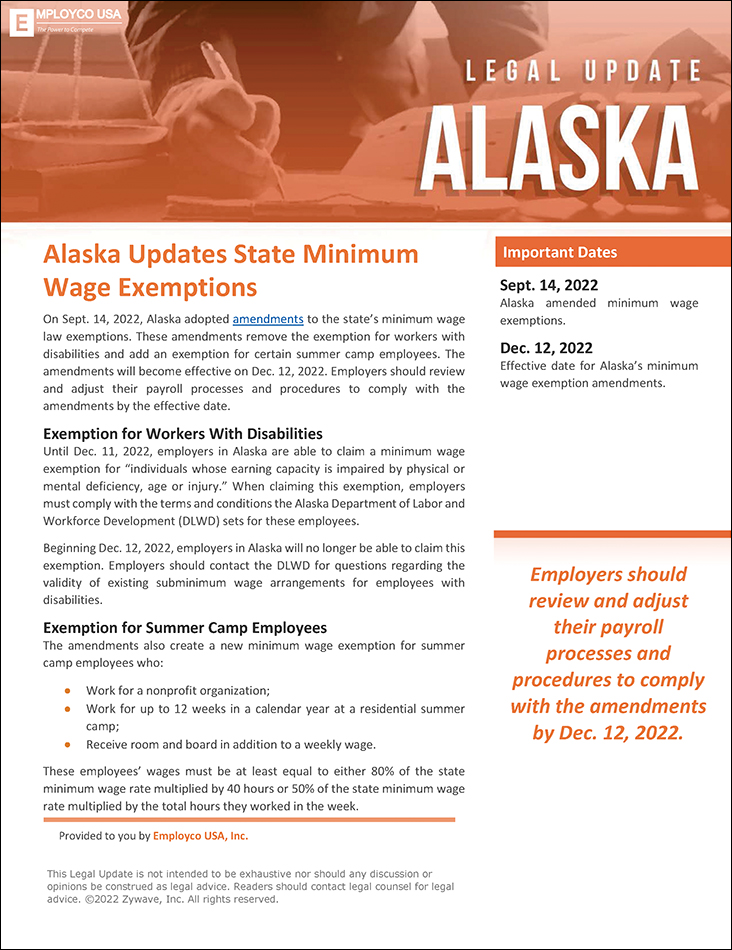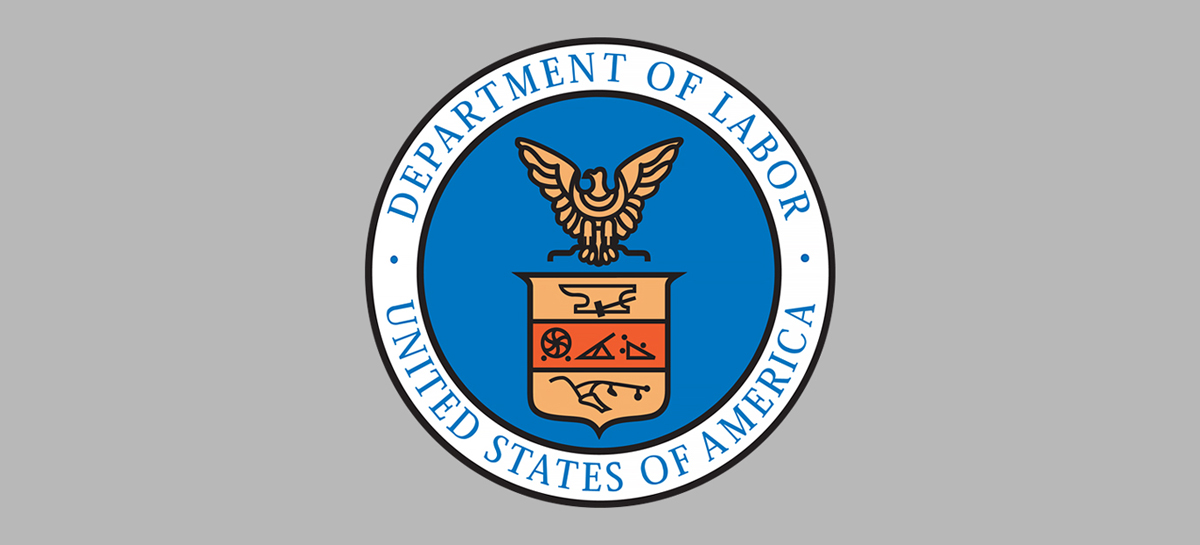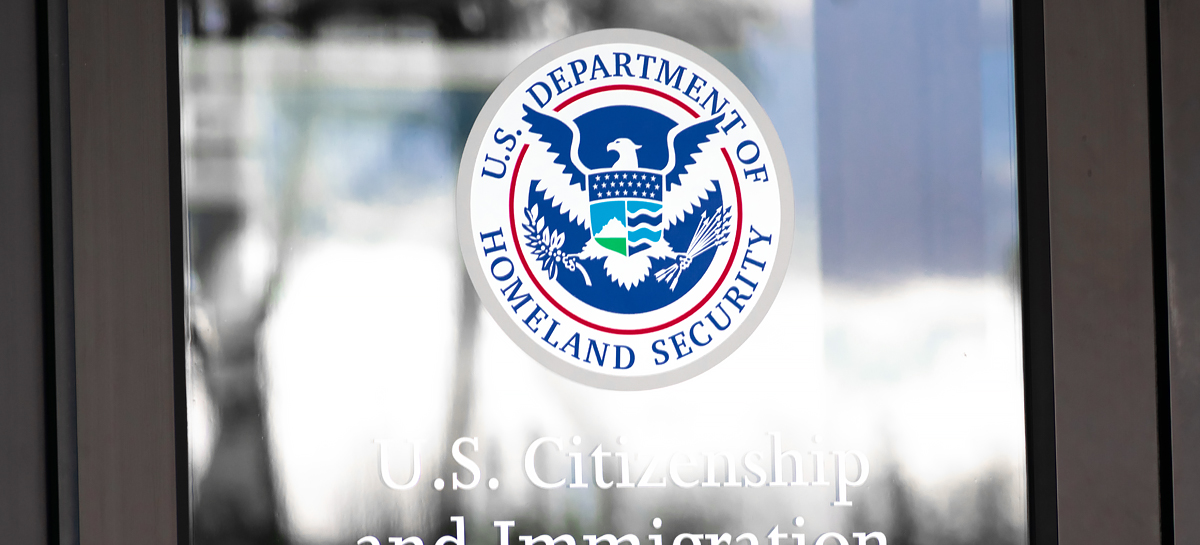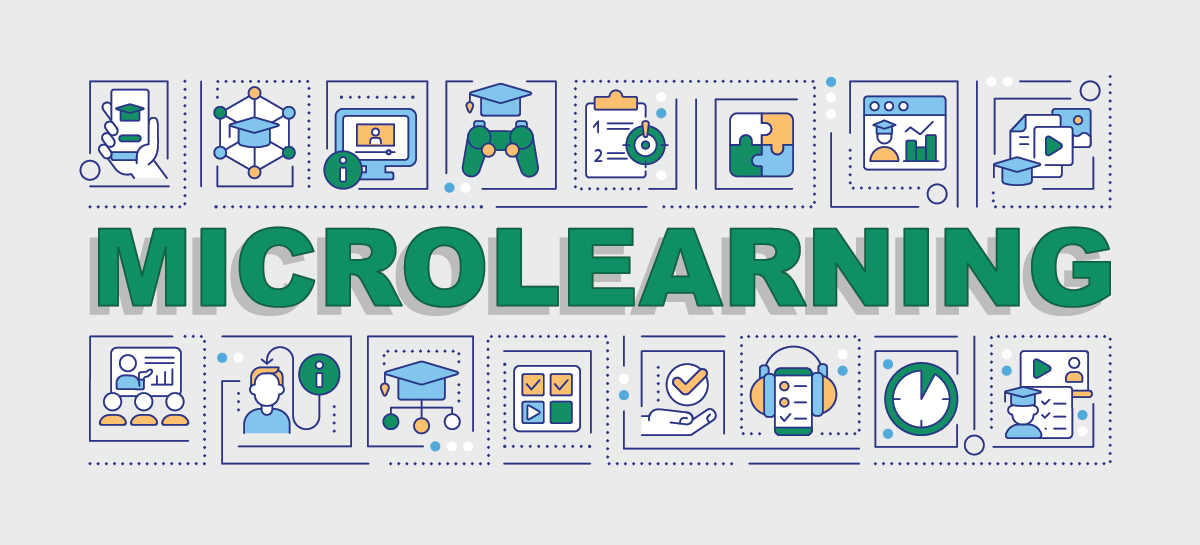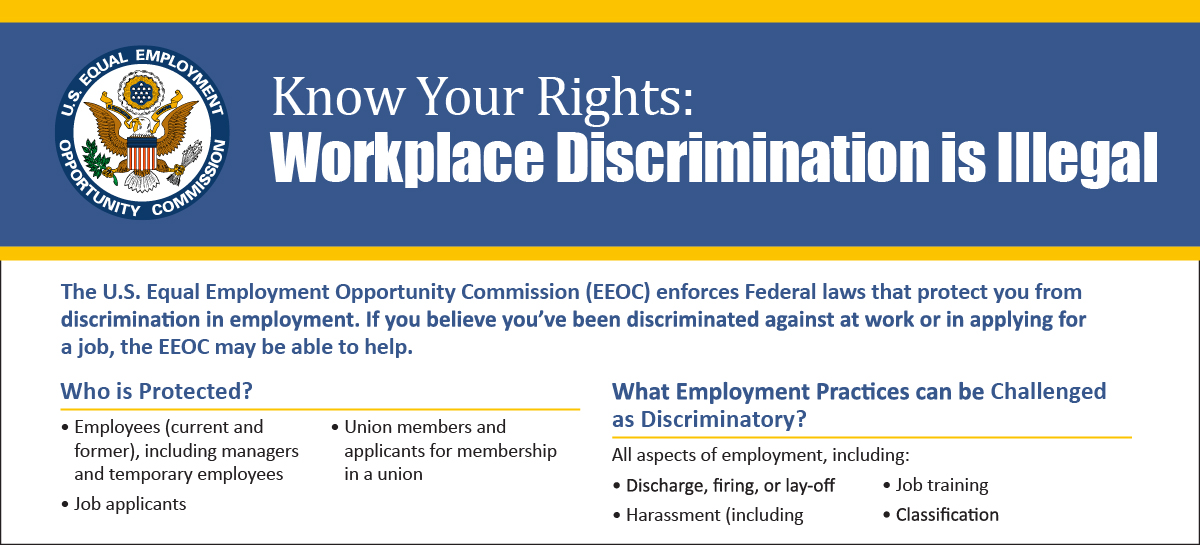
On Oct. 25, 2022, the Equal Employment Opportunity Commission (EEOC) issued a fact sheet containing FAQs about its new poster titled “Know Your Rights: Workplace Discrimination is Illegal.” The EEOC initially released a version of the new poster on Oct. 19, 2022, and then reissued a revised version on Oct. 20, 2022.
Among other things, the FAQs about the new “Know Your Rights” poster clarify that if an employer downloaded or printed it on Oct. 19, the employer should ensure that it uses the newer version, which is instead marked as “Revised 10/20/2022.”

